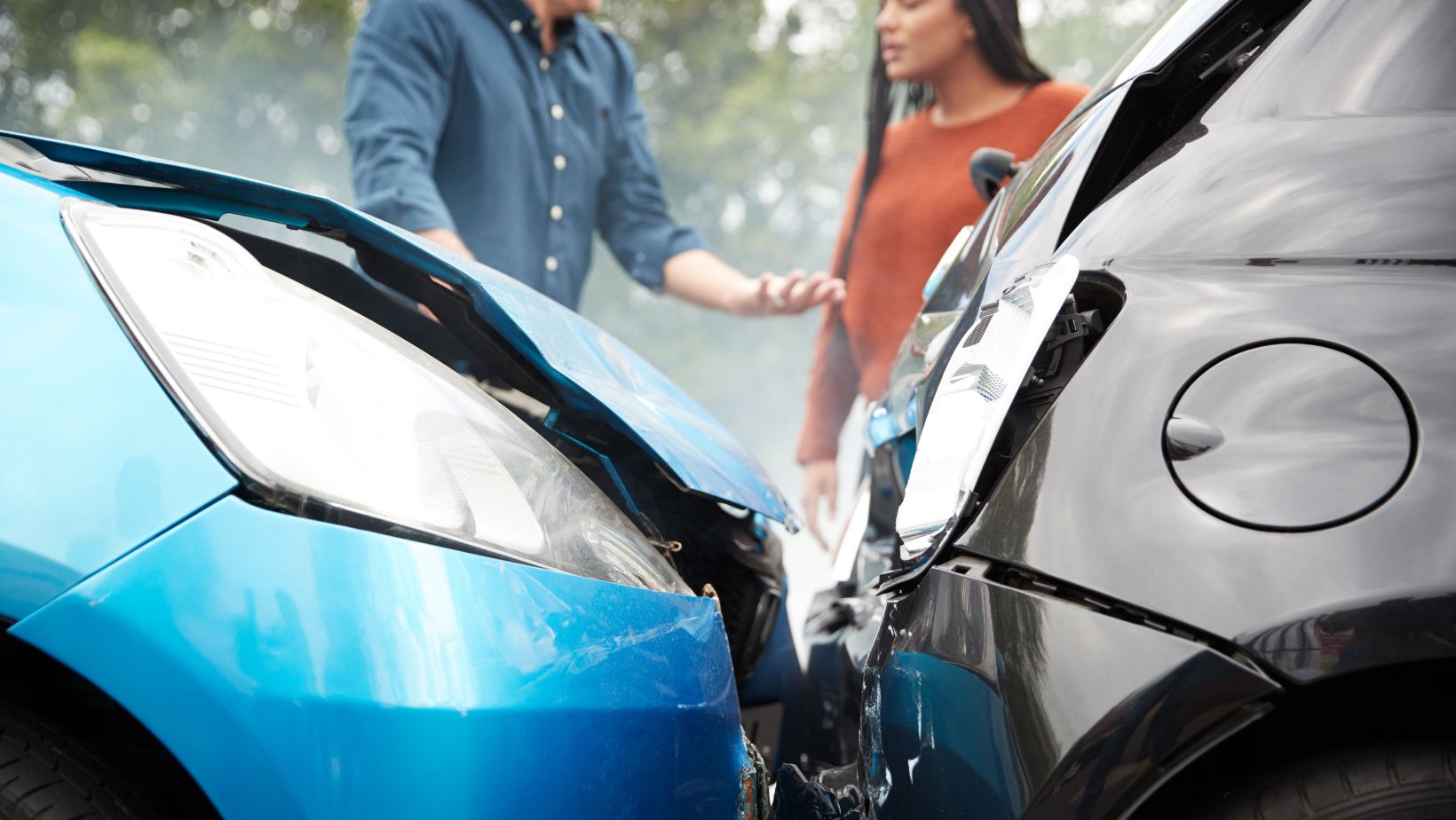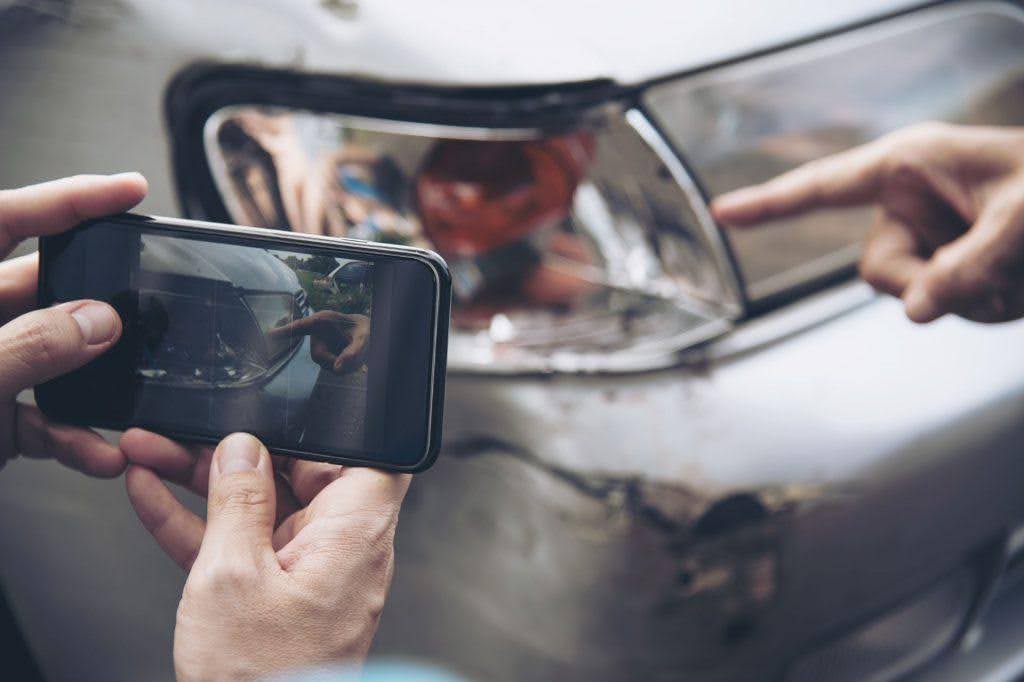Being in the right place at the wrong time can happen to anyone. One moment you are driving or walking down the street, and the next, you witness a car speed away from the scene of a crash, leaving behind a trail of damage and confusion. If you have ever found yourself in this situation, you might wonder what your role is or what you should do next. Witnesses can make a big difference in what comes after a hit and run accident. Here’s a step-by-step guide on what to do if you witness a hit and run accident:
-
Ensure Your Own Safety First
Before jumping into action, make sure you are not putting yourself in harm’s way. Pull over safely if you are in a vehicle or move to a secure location if you are on foot. Avoid standing in traffic or rushing toward a moving vehicle, always observe your safety first.
-
Call 911 Immediately
Dial 911 and report the hit and run to emergency responders. Let them know that someone fled the scene and provide as much detail as you can. If anyone appears injured, stress the urgency and ask for medical assistance. The faster law enforcement gets to the scene, the better the chances of tracking down the driver who fled.
-
Write Down What You Saw
As soon as it is safe to do so, write down everything you remember. Details fade quickly, especially when adrenaline is pumping. As such, try to include:

- Make, model, and color of the fleeing vehicle
- License plate number (even a partial plate helps)
- Description of the driver, if possible
- The direction the car went
- Time and location of the crash
- Weather or road conditions
Even small details like a bumper sticker or damage to the vehicle can help the police identify the car.
-
Talk to the Police
Once officers arrive, offer a clear and honest statement of what you witnessed. Stick to what you know firsthand and avoid guessing or assuming details. If other witnesses are nearby, encourage them to speak up too. Multiple statements strengthen the case and help authorities piece together what happened. If you are willing, provide your contact information so the police or an attorney can reach you later if more information is needed.
-
Take Photos or Videos, If Possible
If the fleeing car is still in view and it is safe to do so, snapping a quick photo or video can be extremely helpful. Otherwise, focus on capturing the scene of the accident, including vehicle damage, debris, skid marks, and any injuries if visible. These visuals can help law enforcement and insurance companies better understand what took place.
-
Check On the Victim
If it is safe, check on the person or people involved in the accident. They may be injured, in shock, or simply overwhelmed. Offer reassurance and let them know help is on the way. Your presence alone can make a huge emotional difference. Avoid moving anyone who appears seriously injured unless there is immediate danger, such as a risk of fire.
-
Stay at the Scene
Try to remain at the scene until the police have finished their initial report and have all the information they need from you. Leaving too early could make it harder for them to follow up on your statement or ask additional questions.
-
Be Prepared for Follow-Up
In some cases, law enforcement or attorneys representing the injured party may follow up with you later. Your testimony could help identify the at-fault driver or support a personal injury claim. If you are contacted, be open and cooperative as your involvement could be key to achieving justice for the victim.
Conclusion
Being a witness after a hit and run accident comes with responsibility, but it also presents an opportunity to help someone in a critical moment. By staying calm, collecting details, and cooperating with authorities, you can play an essential role in holding the responsible driver accountable. Your actions may not only support a victim’s recovery but also make the roads safer for everyone.

